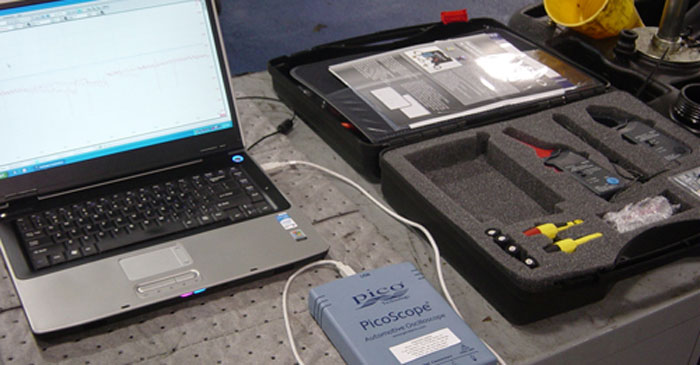Sometimes we as technicians have a tendency to overlook some of the basics. You might say we can’t see the forest for the trees. I have found that if you establish a pattern for diagnosis then you can become more efficient in the bay. Peter has broken down common check engine light diagnosis in a way the beginning technician can follow. By creating this path for new technicians to follow he has giving a road map that can be used throughout their career for success. Its not a bad idea for us older technicians to reevaluate our procedures from time to time to improve our bay time either. Great job Peter in creating a foundational plan for success when diagnosing the check engine light illumination.
“It seems like yesterday when you graduated with your Associate’s degree in Automotive Technology but it’s been three months, and you’ve successfully landed a job at ABC Auto Repair in your hometown. The boss, though, has been slow in cutting you loose; feeding you a stream of oil changes and tire repairs as you become accustomed to the workflow and your fellow technicians.
Then the day comes! The boss hands you your first diagnostic ticket — a customer concern that the “Check Engine light is on” — and he tells you he wants to see what you can do. You’re excited about the opportunity to show what you’ve learned over the last two (or more) years of study and you’ve handled more than a few Check Engine light complaints under your teacher’s guidance. This should be a piece of cake!
Four hours later and you still have no clue why the light is on or what to do about it. Now you’re feeling discouraged and you’re wondering if you’ve chosen the right career. Before you cry “Uncle” and throw in the towel, let’s talk about the process you’re using in your diagnostic method. That is, if you’re using one at all!
Don’t run before you walk
How should you proceed when you get a ticket with a Check Engine light concern? Often, that’s all the information you’re going to get and unless the car is totally running like — well, you know — so you may not know right away whether or not there are any drivability concerns…”
To read the full article CLICK HERE.
Image Source

